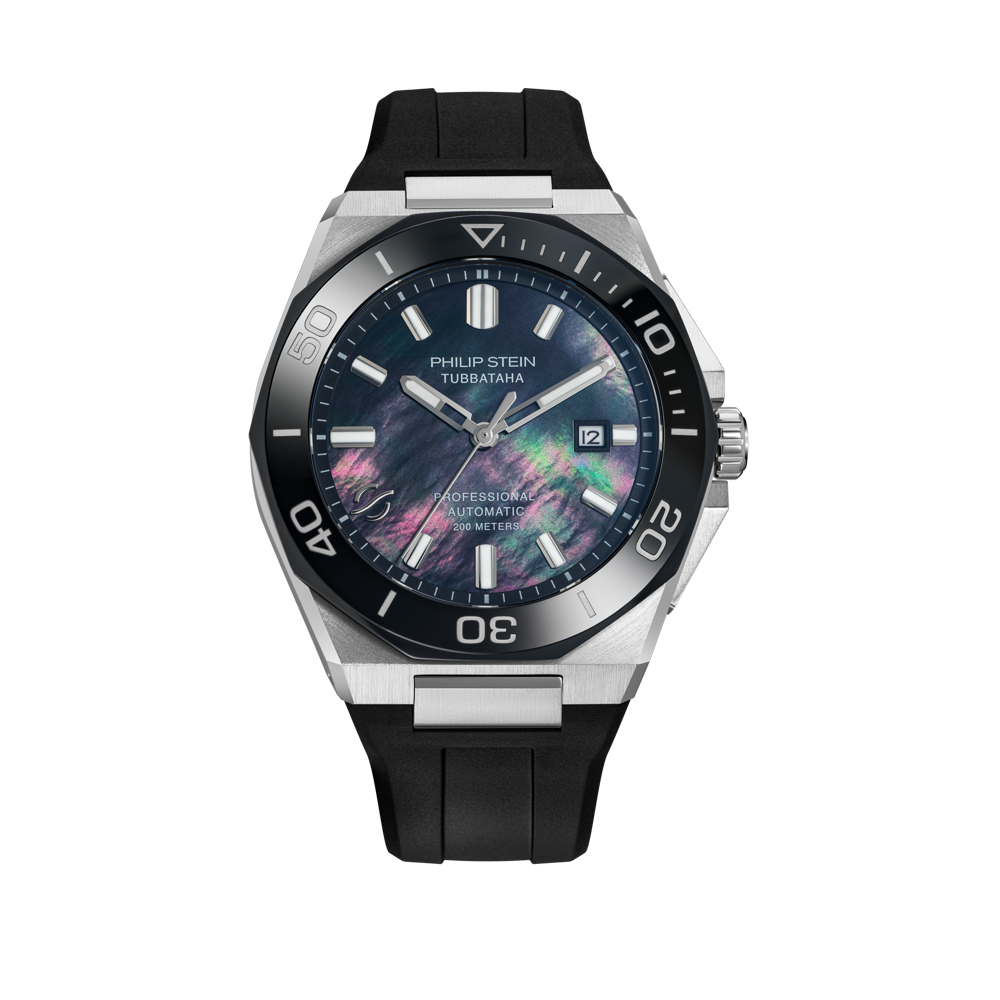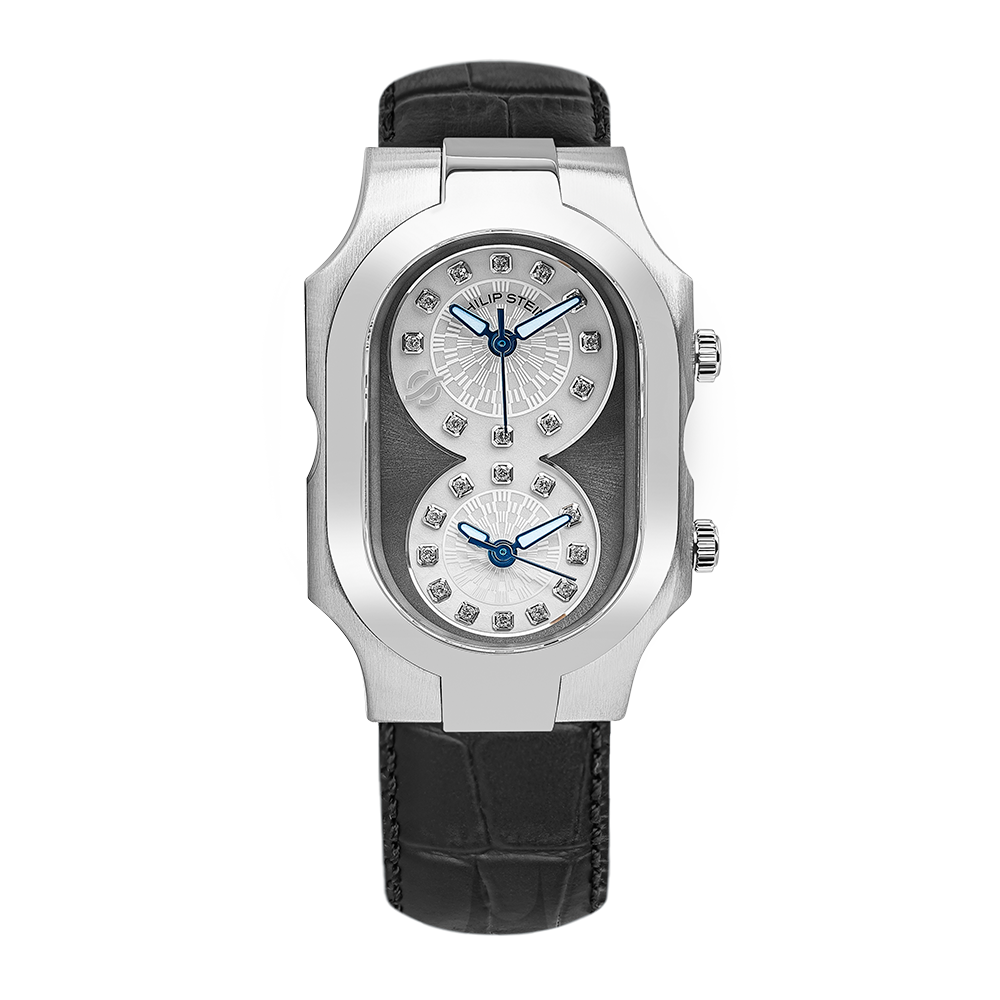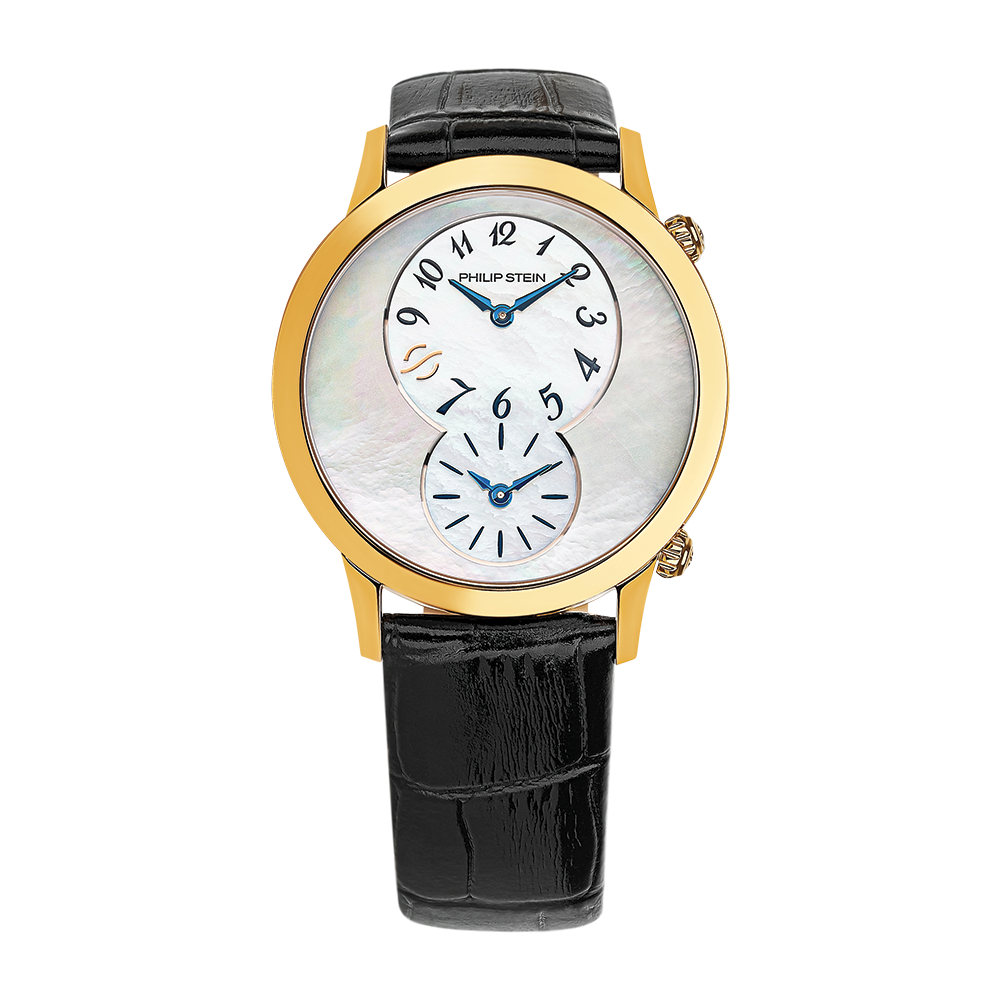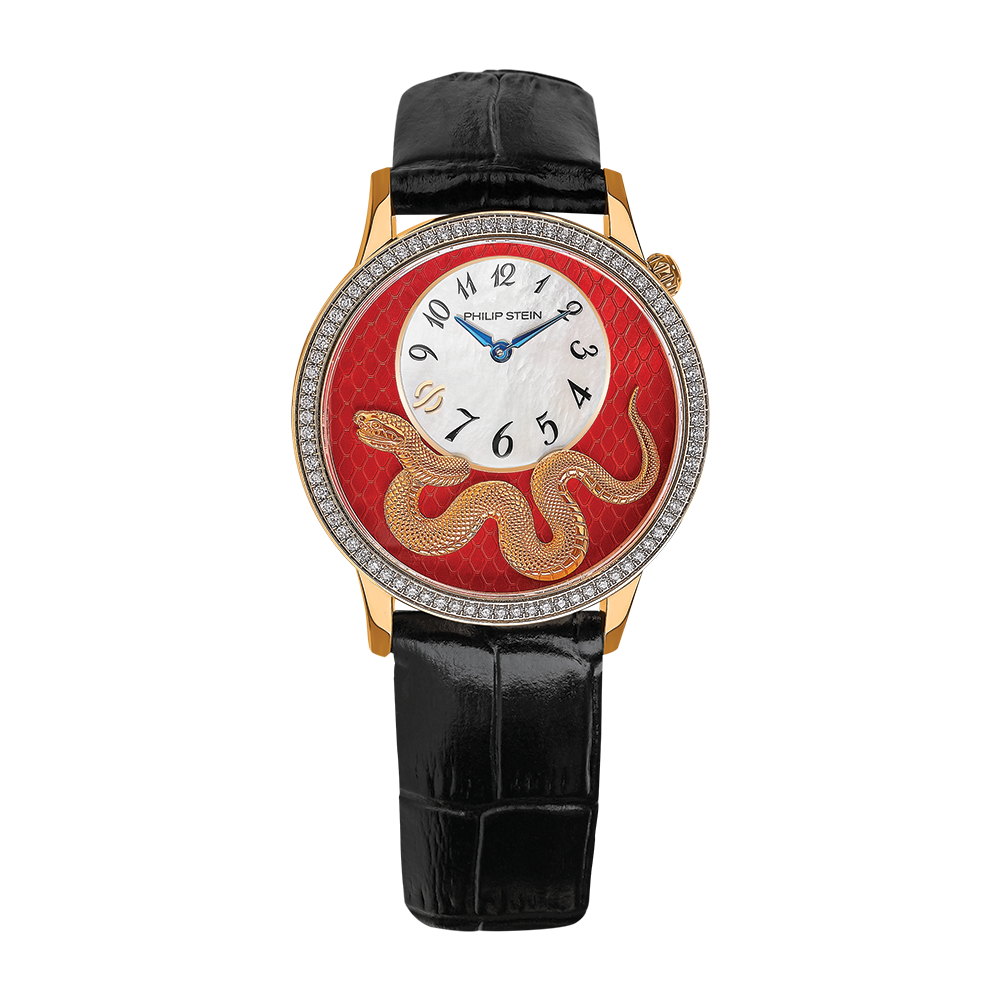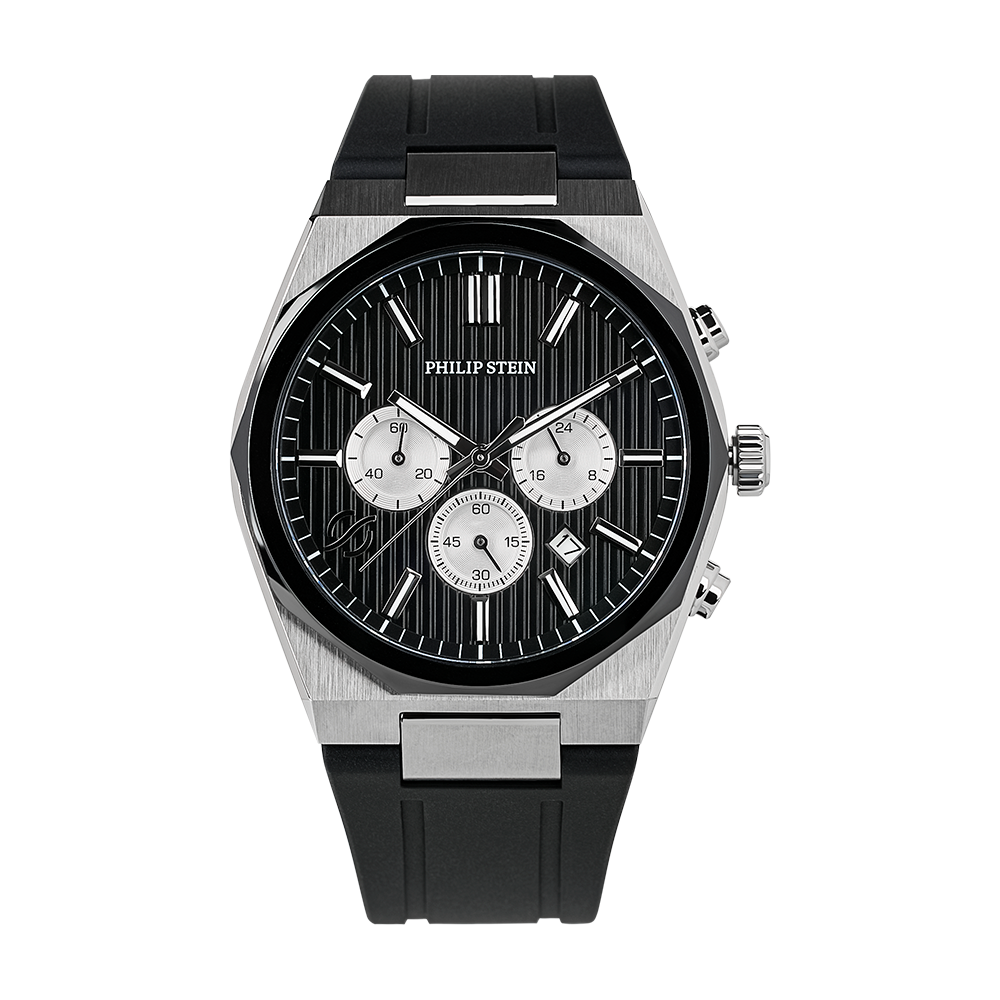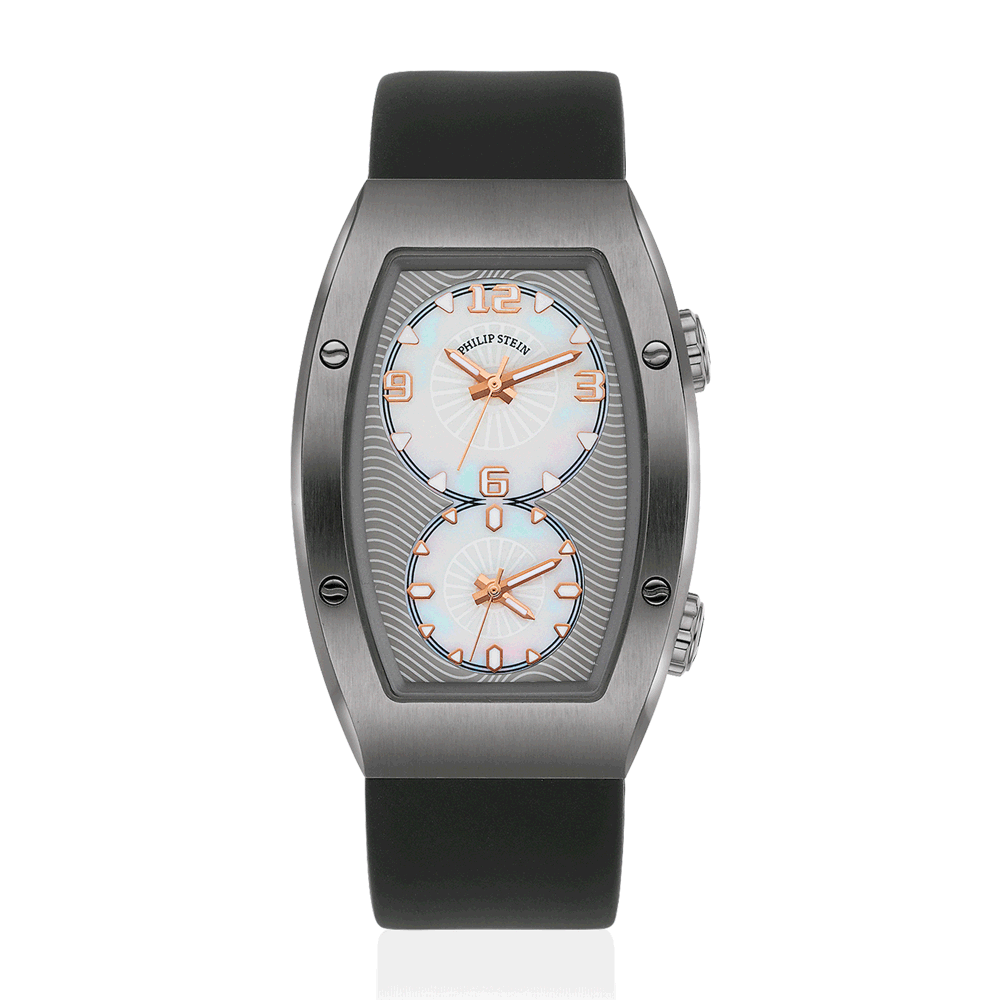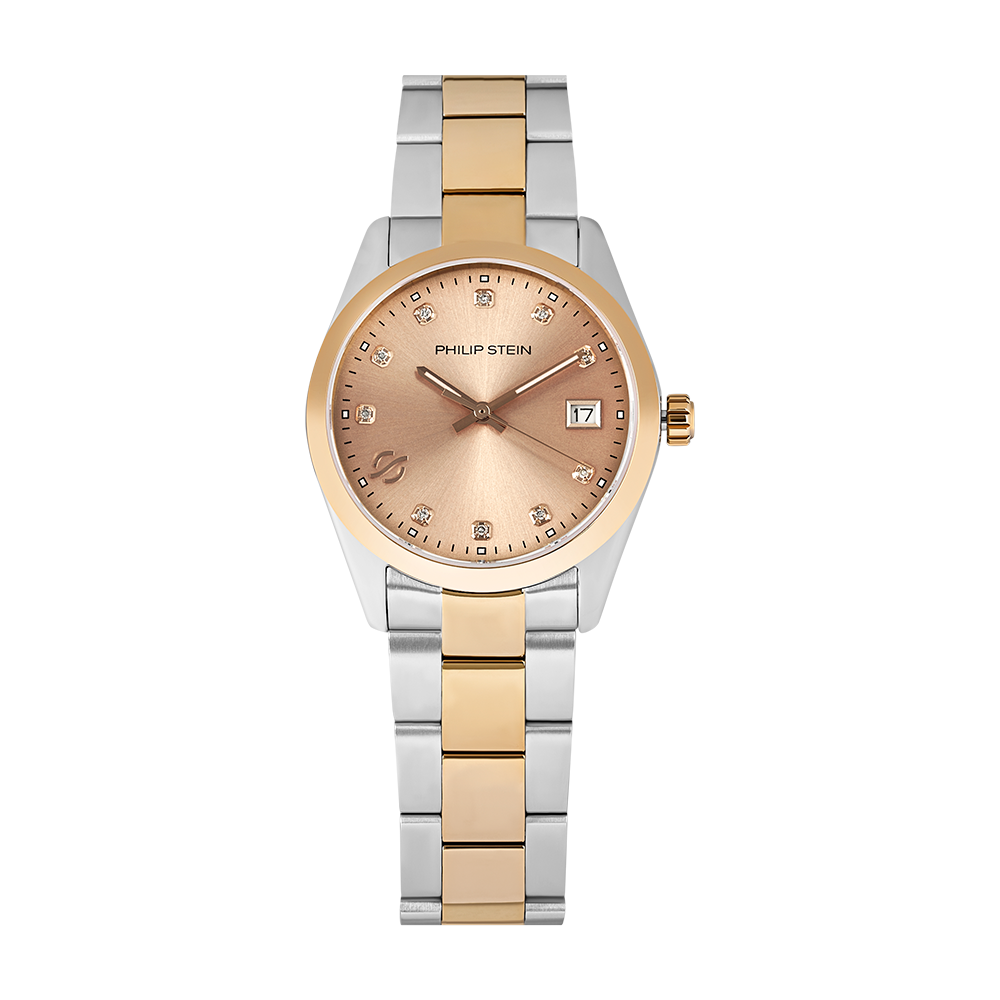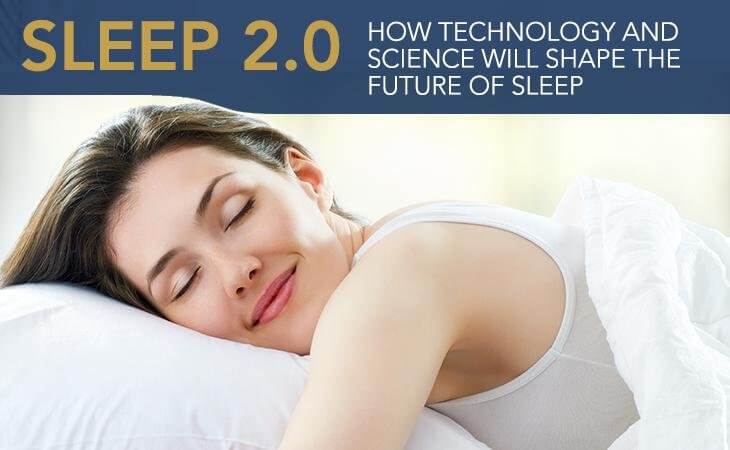Sleep plays a crucial role in maintaining overall well-being. In fact, getting enough high-quality sleep is one of the building blocks for good health, along with exercise and a healthy diet. Sleep also helps heal and protect just about every biological process and organ in the body, including the heart and brain.
For example, during sleep, the brain renews itself by “cleaning out” old memories to make room for new associations and connections. It’s common knowledge that sleep is essential to good health, but why then do one-third of all Americans get less than the recommended seven to nine hours of sleep each night?
Chronic sleep deprivation can lead to life-threatening diseases like heart disease, diabetes and obesity, yet many people have a complicated relationship with sleep. This complicated relationship could be because modern-day technology has all but demanded that we are “always on” both day and night.
The introduction of artificial light from smartphones and tablets into the bedroom hasn’t helped America’s sleep deprivation problem. The body’s sleep/wake cycle, or “circadian rhythm,” is primarily influenced by light exposure.
Before the introduction of modern technology, humans would wake up and fall asleep with the sunrise and sunset. Today, bright blue light emitted from smartphone devices “tricks” the brain into thinking it should stay awake, even though the person holding the smartphone may be lying in bed. This artificial light can interfere with the body’s internal clock, which can lead to chronic sleep conditions like insomnia.
Although 33 percent of Americans are currently sleep-deprived, we are becoming more aware of this problem and its consequences. As this public concern grows, so does the demand for sleep technology that will help address and help solve sleep problems in personalized ways.
In 2016, Americans spent over $43 billion on sleep aids and technology. And with recent developments in wearable sleep devices, “smart” bedrooms and personalized sleep trackers, sleep technology shows no signs of slowing down anytime soon.
Here is some of the latest sleep technology that may shape the future of sleep.
The Latest Wearable Sleep Technology

Devices like Fitbit helped revolutionize wearable fitness technology. Now there are new devices geared towards helping the sleep-deprived individual fall asleep faster, stay asleep longer and wake up feeling more refreshed.
Some of these wearable sleep products can measure, track and visualize sleep health data via scores, graphs and ratings. Other wearables use proprietary technology and different scientific methods to help ease individuals into sleep.
Natural occurrences in the Earth’s ionosphere, such as lightening, create charges or electromagnetic frequencies. All humans are naturally inclined to be in tune with the Earth’s frequencies, as that they tend to make us feel more relaxed, focused and less anxious. The Earth’s frequencies also influence the body’s production of melatonin, which tells the body when it’s time to sleep.
However, modern devices like smartphones emit artificial frequencies that distract our body from connecting with the Earth’s beneficial vibrations. When these interferences occur, they can disrupt the body’s circadian rhythm, making it more difficult to fall asleep.
The Philip Stein Sleep Bracelet helps cut through the noise of artificial frequencies by using a proprietary technology called Natural Frequency Technology. Inside each bracelet is a metal device that acts as an antenna to attract and channel the Earth’s frequencies back into the body. When worn throughout the night, our sleep wristband can help individuals get more restful sleep.

Some people are more sensitive to light than others — especially when it comes to falling asleep. The illumy smart sleep mask represents a significant upgrade to the traditional cloth and elastic sleep mask, considering NASA used the same light technology. The sleep mask blocks out unwanted light and uses its built-in light to trigger the body’s natural response.
Blue light emitted from the device helps the individual wake up gradually. Red-toned light helps the individual relax and fall asleep at night. For the chronically sleep-deprived individual, the mask uses pulsing lights to help “train” the insomniac’s brain to fall asleep. All wake-up times can be easily controlled via the illumy app.
Kokoon Sleep Sensing Headphones
For anyone who has struggled to fall asleep in a noisy city, there’s Kokoon Sleep Sensing Headphones. Unlike traditional headphones, Kokoon uses sleep-aiding audio technology to help individuals relax and fall asleep.
Kakoon reacts to ambient sounds and “learns” what helps the wearer fall asleep, responding with personalized sounds. The sensors on the headphones monitor the individual’s response when listening to the sounds to customize the right sleep-inducing audio. After Kakoon learns what sounds make the listener fall asleep, it will provide recommendations on what audio is the most effective for inducing sleep.
The creators of the Aurora Headband have a bigger goal in mind: creating the largest open-science experiment for dream exploration. Aurora is an EEG headband that provides audiovisual stimuli during REM sleep to help people remember their dreams.
It also uses a combination of sound and light to help the wearer enter the REM or dream state more easily. The Aurora Headband features an alarm clock that gently wakes up the sleeper with dawn-simulating lights to help reduce morning grogginess.
Smart Bedrooms Optimized for Better Sleep

For most people, the bedroom is supposed to be a sanctuary. But for those individuals struggling with sleep disorders, the bedroom can be a dreaded part of the house.
Some of the latest sleep technology is centered around individualized bedroom optimization and customization to promote more restful sleep. “Smart bedroom” technology is designed to help individuals take control of their sleeping environment and improve their sleep health.
Gone are the mattresses of yesteryear with their vague “soft” and “firm” comfort descriptions. The Purple Mattress uses Hyper-Elastic Polymer pressure-releasing material that helps equalize body pressure, spinal alignment and regulate temperature. The high-tech polymer material is organized in a grid, which allows for maximum airflow, distributed weight and zero motion transfer.

The Nox Smart Sleep Light has programmable light and sounds that adapt to an individual’s body clock and sleep preferences. Its light technology is designed to produce red wavelengths, which can help increase the body’s production of melatonin. Soothing ambient sounds play along with the red light to help the individual fall asleep more quickly.
Its Sleepace app then tracks the sleep cycle and body movement. The data produced from the app is used to provide an individualized sleep quality analysis. Nox also factors in the bedroom environment into its sleep health analysis, containing sensors that can monitor bedroom temperature and humidity levels.
The purpose of the Beddit3 Sleep Monitor uses ballistocardiography (BCG) to monitor bedroom conditions and biological responses that could affect sleep, including heart rate, respiration, blood flow, bodily movement, room temperature and humidity. Beddit3 works via a thin sensor that runs across the mattress. The device pars with any smartphone to track, measure, record and report on sleep health and behavior. Beddit3 even provides an individualized sleep health “score.”
The S+ by ResMed is a non-contact sleep tracking system that records light, noise and temperature conditions in the bedroom. It works by detecting the sleeping individual’s upper body movement, including chest expansions and relaxations, arm twitches and shoulder shrugs.
The S+ combines bodily movement data with the sleeping environment to adequately assess the individual’s sleeping environment. It provides detailed and personalized feedback via a smartphone and gives suggestions on how to improve sleep health.
Tracking the sleep pattern and bedroom environment can help people better understand their healthy or unhealthy sleep habits. The current boom in sleep technology products indicates that more and more people want to know how they sleep and how they can improve their sleep health and hygiene.
Personalized Sleep Disorder Treatment Technology

In the United States, 70 million people suffer from a sleep disorder. Included with the rise of more general sleep tracking devices, technologies are designed to address specific sleep disorders like sleep apnea, snoring and restless legs syndrome.
Inspire Upper Airway Stimulation
Roughly 18 million Americans suffer from sleep apnea, a chronic disorder in which an individual has one or more pauses in breathing or shallow breaths during sleep. The interruptions in breathing often lead to poor sleep.
Inspire therapy is an implant that monitors breathing and delivers a mild stimulation to the hypoglossal nerve that controls tongue movement and other airway muscles. Stimulating these airway muscles helps keep the airway open, which can lead to fewer interruptions and a more restful night’s sleep.
Snoring affects nearly 90 million Americans. A person snores when the muscles of the throat relax, the tongue falls backward, and the throat becomes narrow and “floppy.” When the individual breathes, the walls of the throat vibrate, producing the snoring sound.
Snoring can lead to unrefreshing sleep for both the snorer and the snorer’s partner. The SmartNora is a pillow insert that gently inflates when it detects snoring sounds. The movement of the pillow helps stimulate the throat muscles, which allows for normal breathing (and more refreshing sleep) to continue.
Restless Legs Syndrome (RLS) causes uncomfortable sensations in the legs and a strong urge to move them. Symptoms typically occur during the night when a person is resting in bed. RLS can sometimes prevent an individual from getting restful sleep.
Restiffic is a small foot wrap device that promotes gentle and relaxing pressure to specific muscles in the foot. This relaxing pressure helps control impulses to move the legs. Less leg movement means a better chance of getting a good night’s sleep.
The hope with new sleep technology is that one day everyone will be able to tailor their sleep patterns and environment to achieve optimum sleep and well-being. As more and more people become aware of the dangers of getting too little sleep, new sleep technologies will continue to emerge. The more everyone can learn about their sleep health and hygiene patterns, the more empowered they’ll be to make positive changes to their sleep health.
Read more
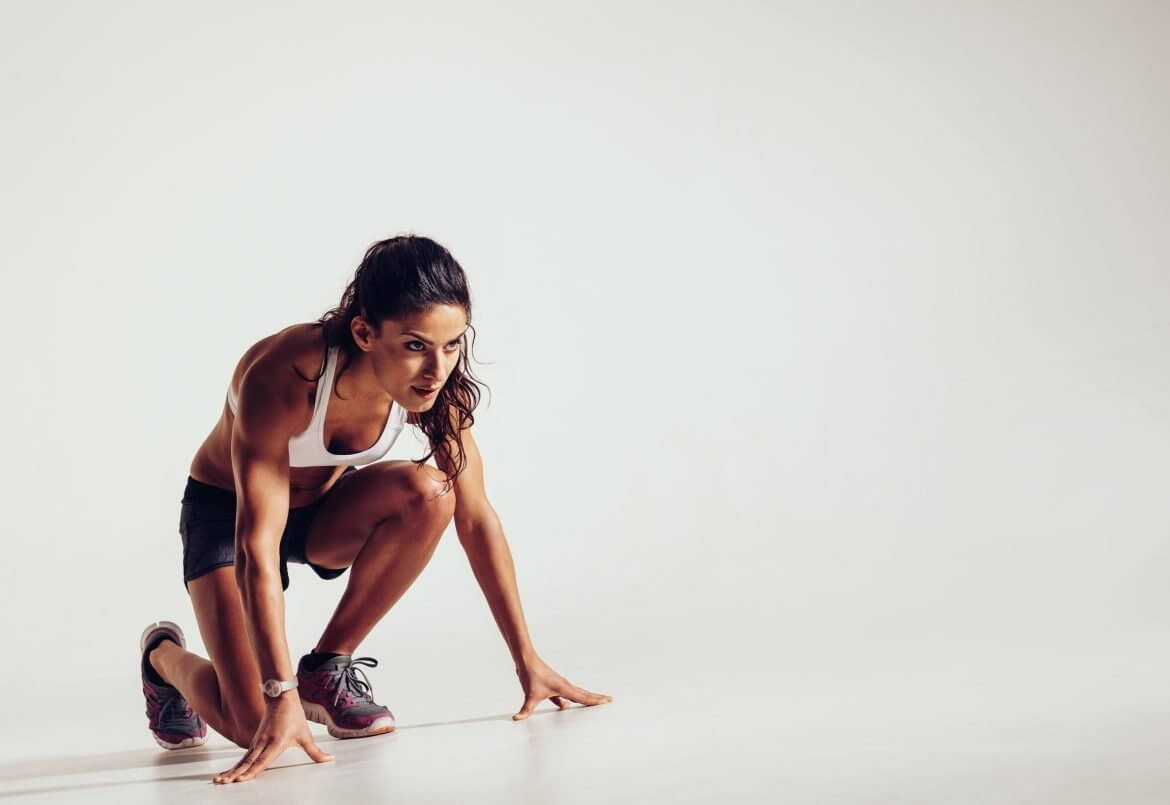
Whether you’re a world champion athlete or a weekend warrior, the Philip Stein Horizon Sport Bracelet can help you achieve your fitness goals. Sleek and waterproof, the Horizon Sport Bracelet is un...
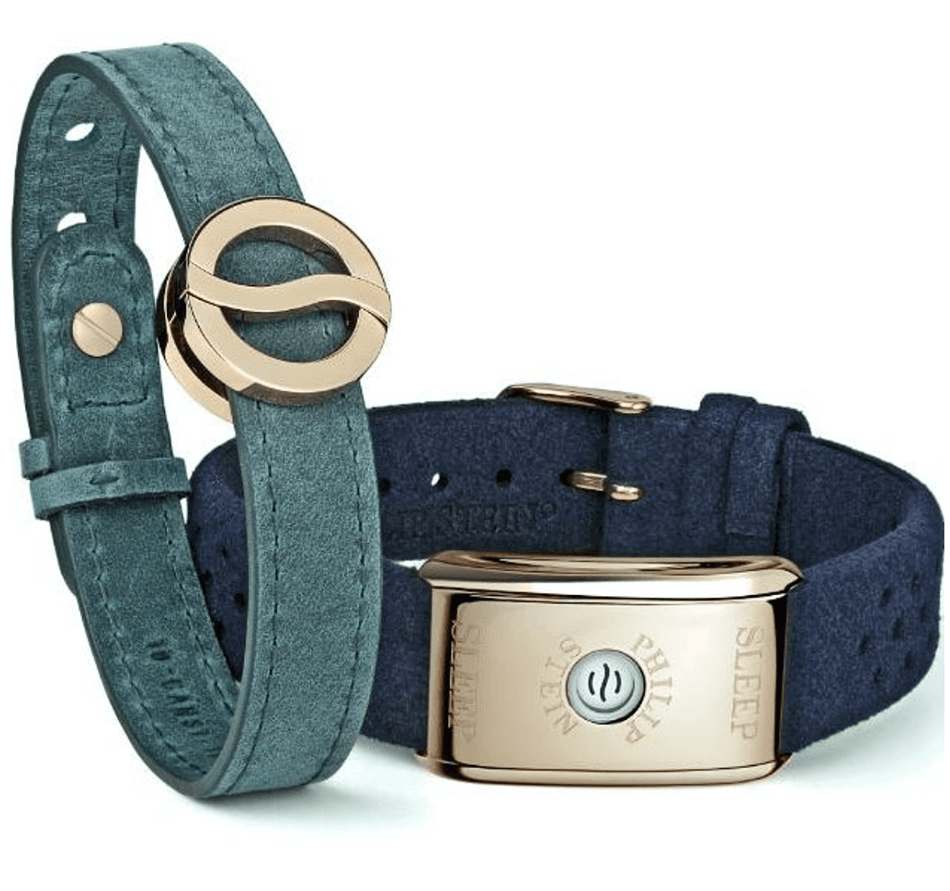
The quest for greater wellness and better health is becoming a global movement, as individuals become more aware of how their day-to-day lifestyle choices affect their health. “Wellness” is defined...

